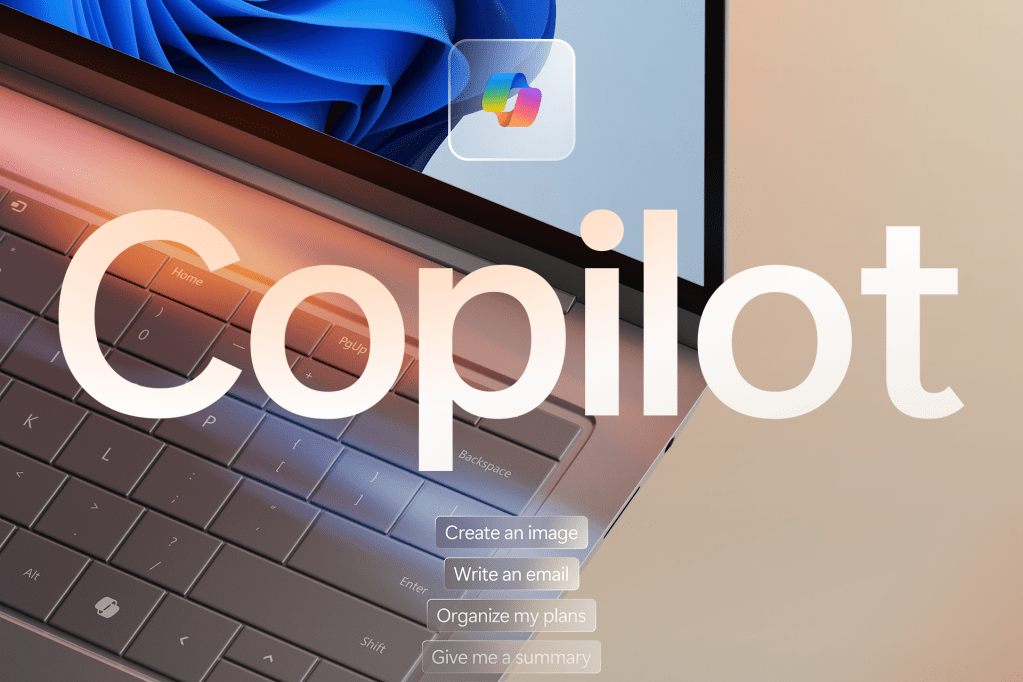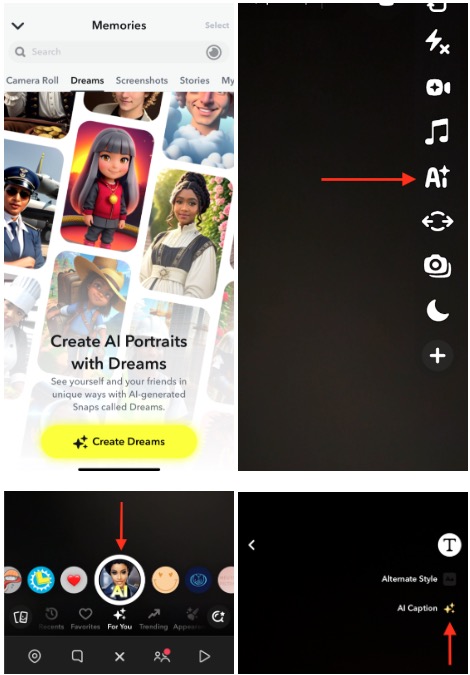 Image Credits: Anastasia Usenko / Getty Images
Image Credits: Anastasia Usenko / Getty Images
Webflow, a web design and hosting platform that’s raised over $330 million at a $4 billion valuation, is expanding into a new sector: marketing optimization.
Today, Webflow announced that it acquired Intellimize, a startup leveraging AI to personalize websites for unique visitors. The terms of the deal weren’t disclosed. But a source familiar with the matter tells TechCrunch that the purchase price was in the “eight-figure” range.
The majority of the Intellimize team — around 50 people — will join Webflow. But some staffers either took outplacement packages or were let go and given severance; Webflow wouldn’t say how many.
Vlad Magdalin, the CEO of Webflow, said Intellimize was a natural fit for Webflow’s first-ever acquisition because its product meets a need many Webflow customers share: personalizing and optimizing their websites.
“The common thread among our many customer segments is that they’re building professional websites that are meant not only to look great, but ultimately to drive business results — and tons of our customers and partners have been asking us to help them improve how well their websites are able to bring them new customers beyond the initial build phase,” Magdalin said. “Intellimize quickly emerged as a really impressive product in this space that many marketing and growth leaders raved about — and it soon became very evident that combining the forces of our respective products and our teams can create a much more powerful combination.”
Guy Yalif, former head of vertical marketing at Twitter, co-founded Intellimize in 2016 with Brian Webb and Jin Lim. While in a previous exec role at Yahoo, Yalif worked with Lim, Yahoo’s VP of engineering at the time, and Webb, who was an architect on Yahoo’s personalized content recommendation team. (Full disclosure: Yahoo is TechCrunch’s corporate parent.)
With Intellimize, Yalif, Webb and Lim — drawing on their combined marketing know-how — set out to build a platform that could generate personalized web pages for visitors on demand.
The motivation? Seventy-four percent of customers feel frustrated when a website’s content isn’t customized, according to stats cited by Porch Group Media. Companies that do personalize report not only increased revenue, but more efficient marketing spend.
Intellimize taps AI to generate pages, automatically making adjustments in response to how users behave (and where they’re coming from). Companies create a website template, then Intellimize’s AI runs experiments, fiddling with various knobs and dials as it were before delivering the top-performing results to visitors.
Now, Intellimize isn’t the only one doing this.
Amazon’s Personalize can drive tailored product and search recommendations on the web. Startups such as Evolv AI and Episerver-owned Optimizely automate certain forms of A/B web testing with algorithms. That’s not to mention generative AI-driven platforms like Adobe’s GenStudio, Movable Ink, Mutiny and Blend, which are hastening in new and novel forms of experience personalization.
But Intellimize — whether on the strength of its tech, partnerships or advertising — managed to establish a sizeable foothold in the market for AI-powered marketing.
At the time of the acquisition, Intellimize — which had raised over $50 million from investors like Cobalt Capital, Addition, Amplify Partners and Homebrew — had several tentpole customers, including Sumo Logic, Dermalogica and ZoomInfo.
“The Intellimize team had already built most of the personalization and optimization tools that we were considering building in-house, and had an impressive roster of enterprise customers using their solution,” Magdalin said. “Their team and product demonstrated world-class expertise in machine learning and AI to power website personalization and conversion rate optimization, which we believe would be a very powerful addition to Webflow’s existing platform.”
So what changes can Intellimize customers expect as the company joins the Webflow fold? Not many disruptive ones, Yalif stressed. Intellimize will continue to be sold standalone to non-Webflow customers, but it’ll increasingly link to — and integrate with — Webflow services. Yalif, meanwhile, will join Webflow as “head of personalization,” guiding — what else? — personalization product efforts at Webflow.
“Joining Webflow allows us to scale and significantly accelerate our forward momentum,” Yalif said. “Webflow is building out its integrated solution for website building, design and optimization. Intellimize is the foundation of the personalization and optimization pieces of that vision. Together, we can take on larger, much more expensive, harder-to-use players in the digital experience space.”
Here’s Magdalin’s take:
“Integrating Intellimize expands our primary audience beyond designers and developers … For the initial phase [of the merger], we’re focusing on natively integrating both of our products together — so customers should expect the best of Webflow and the best of Intellimize to be available as one unified product experience later this year.”








